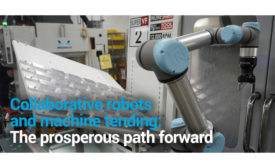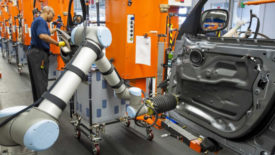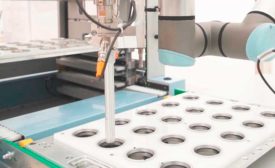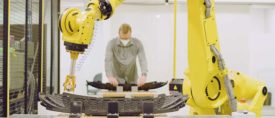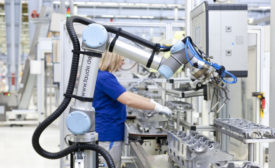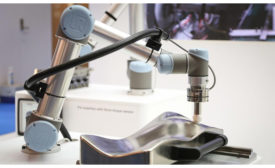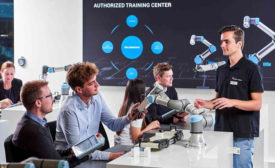Home » cobots
Articles Tagged with ''cobots''
advertisement
White Paper: Collaborative Robotics in the Automotive Industry
September 13, 2021
Sensors for Working Safely With Robots
Human-robot collaboration is driving demand for new technology.
June 3, 2021
advertisement
Collaborative Automation for Metal & Machine Shops – Your Questions Answered
March 8, 2021
Never miss the latest news and trends driving the manufacturing industry
Stay in the know on the latest assembly trends.
JOIN TODAY!Copyright ©2024. All Rights Reserved BNP Media.
Design, CMS, Hosting & Web Development :: ePublishing
